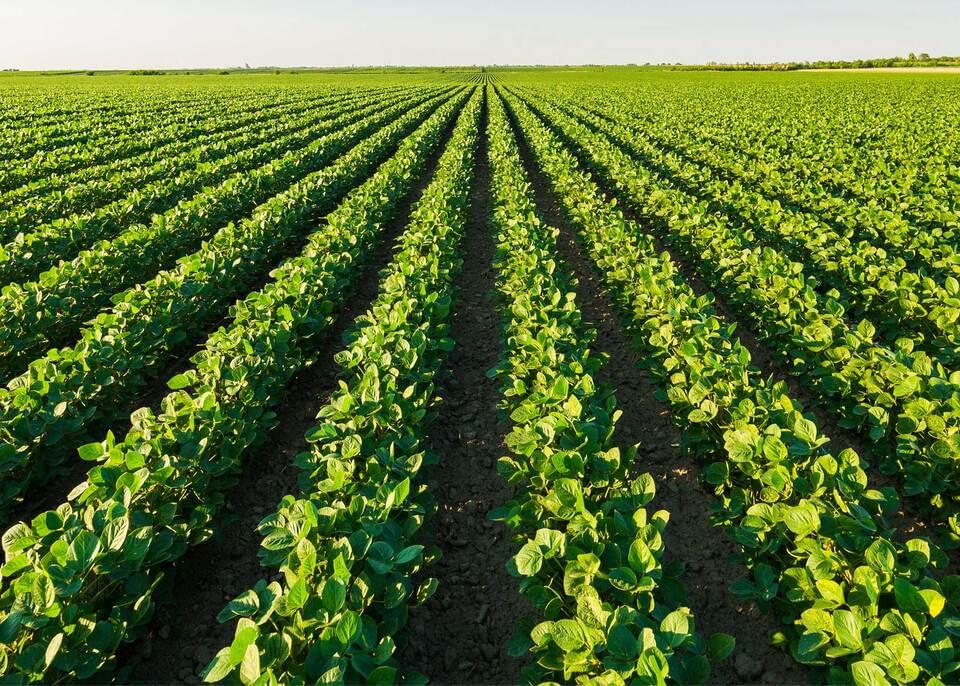
Good Morning !The overnight CBOT trade has been mixed in another session of rather active volume. Lower prices were featured at the start of trading based on Thursday’s sharp price fall. With a recovery noted once the major weather forecasting models released their updates. The markets remain volatile amid changing weather forecasts. Thursday’s CBOT open interest data featured a 25 k contract decline in corn, a 12 k decline in soybeans, and a 3 k drop in Chicago wheat. This data confirms rumors that several large funds were exiting long CBOT positions
Certainly some damage has been done to chart patterns in the grain complex. And we can scotch the idea of recovering higher weekly closes after Thursday’s meltdown, however I would not give up on these markets yet. Next week they are still forecasting 4 plus days in the 90’s in the Iowa area before this area gets rain. The Corn Belt had better get the rain. The 6 to 10 day forecast has above normal temps for almost everybody in the Corn Belt and above normal precipitation for almost all of the Corn Belt with the exception of the Southern Corn Belt. This will be the critical rain for many corn farmers this summer would refer to these rain events as million dollar rains !This is one rain event that cannot be missed without causing trouble.
These markets rallied sharply to highs earlier this week on fund short covering motivated by hot dry forecasts The USDA re- confirmed that given estimated acreage that the balance sheets will remain well supplied with large carryouts. Crop yields are then the essential component to production and yields will need to come in below USDA baseline projections in order for carryovers to shrink. There is drought over a substantial portion of the Corn Belt. With a high pressure ridge moving around that has prevented a corn belt wide soaking rain needed to stabilize overall crop condition. Corn/soybean ratings should decline again Monday The forecast is still hot enough to cause crops some stress before these rains arrive. As noted these may well be the most important rains of the season for the corn crop.



